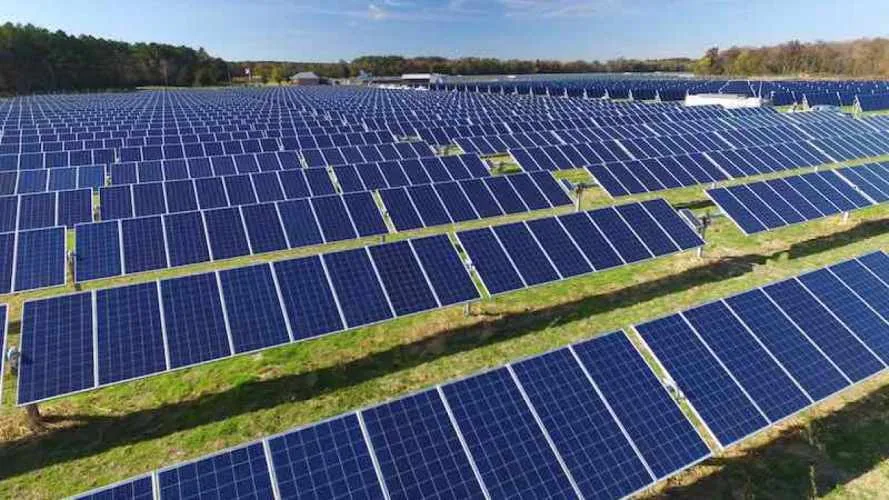Amazon’s commitment to protecting the planet, has led the cloud services provider to be the largest corporate buyer of renewable energy in the world in both 2020 and 2021.
Amazon has announced their first Australian utility-scale renewable energy projects and are now delivering clean energy to the Australian grid.
The two solar farms in regional New South Wales (NSW) – one in Gunnedah and another in Suntop – are two of the 310 renewable energy projects across 19 countries helping Amazon stay on path to powering operations with 100% renewable energy by 2025, five years ahead of it’s original goal of 2030.
In 2020, Amazon announced its commitment to offtake 262 megawatts (MW) combined in clean energy capacity across three utility-scale renewable projects in Australia. Now, two of the projects are operational.
Amazon Solar Farm Australia – Gunnedah and Amazon Solar Farm Australia – Suntop will aim to generate 392,000 MWh of renewable energy each year, equal to the annual electricity consumption of 63,000 Australian homes. Once Amazon Wind Farm Australia – Hawkesdale also becomes operational, it will boost the projects’ combined yearly renewable energy generation to 717,000 MWh or enough for nearly 115,000 Australian homes.
Adam Beavis, Managing Director at Stax said, “A bold approach is required across all industries to create a more sustainable world. At Stax, we help customers accelerate their journey to the cloud through the innovation provided within the Stax platform.”
“We are thrilled to offer our customers access to the AWS customer carbon footprint tool – helping them see data points on the carbon emissions they’ve avoided by using Stax and by migrating to AWS. Like AWS, we are committed to running Stax in the most environmentally efficient way and supporting our customers to do the same.” he said
Efforts were confirmed in a study by the global research and advisory firm 451 Research, which found that cloud infrastructure is five times more energy efficient than the median of surveyed on-premises enterprise data centres in Asia Pacific.
More than two thirds of this advantage is from energy efficient servers, with 451 Research concluding that moving IT workloads from on-premises data centres to the cloud in Australia would reduce associated carbon emissions on average by nearly 80%
For Australian enterprises and public sector organisations, this equates to an estimated annual carbon reduction of 3,149 metric tonnes of carbon dioxide equivalent (CO2e) per MW of enterprise data centre capacity. That’s the equivalent of greenhouse gas emissions savings from more than 650 cars driven for one year.
Further, the research found that if cloud providers could power their operations on 100 % renewable energy, customers would benefit from up to 15% additional carbon reduction.
In March the AWS launched the AWS customer carbon footprint tool, a dashboard that allows users of AWS services to calculate their organisation’s carbon emissions, understand the emissions reductions realised by moving to AWS, and forecast how those numbers will change over time.
The AWS customer carbon footprint tool is also proving to be a value-add for AWS partners like Stax, an Australian AWS native cloud management platform that’s available on AWS Marketplace.
AWS worked closely with Australian and New Zealand customers to develop and test the AWS customer carbon footprint tool.







